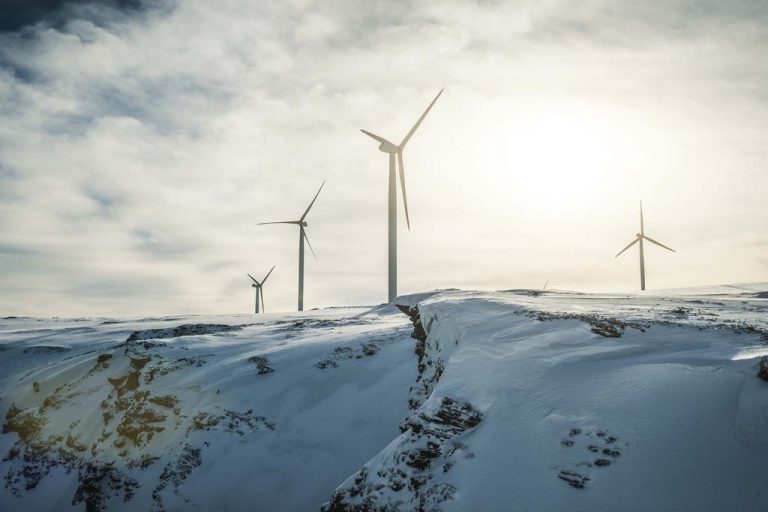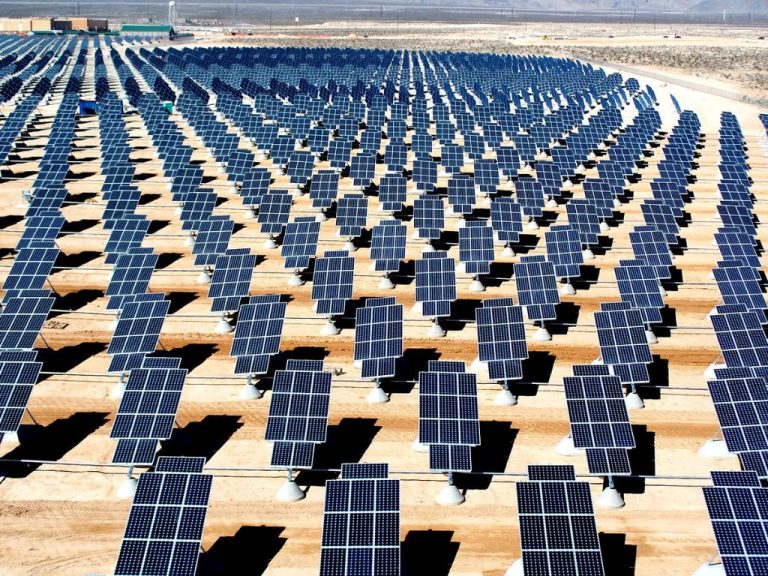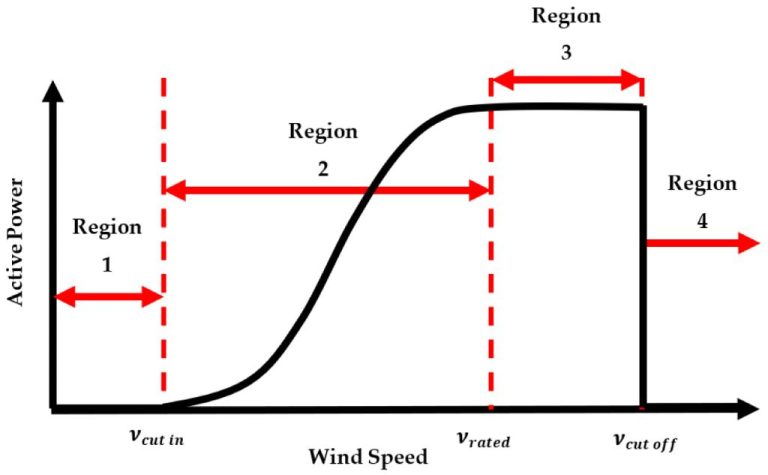Is Renewable Energy Always Available
Renewable energy comes from natural sources that are constantly replenished, such as sunlight, wind, rain, waves, and geothermal heat. The most common renewable energy sources used today are solar, wind, hydropower, bioenergy, and geothermal. Renewable energy is considered “intermittent” or “variable” because the power generated can fluctuate based on weather conditions, time of day, and other factors. For example, solar power relies on sunny days and wind power relies on windy conditions.
While renewable sources may not always be available, improvements in energy storage solutions, interconnections, and demand management have enabled higher integration of renewables into energy systems. With the right infrastructure, renewables can provide reliable energy despite their variable output. This article will examine strategies to integrate intermittent renewables and provide reliable energy from sources that are not always available.
Solar Energy
Solar energy involves converting sunlight into electricity using photovoltaic panels. It is an abundant source of renewable energy that provides clean power. However, solar power is greatly dependent on the availability of sunlight, which can vary significantly.
There are two main types of variability that affect solar power: diurnal and seasonal. Diurnal variability refers to the daily fluctuations of sunlight caused by the sun’s movement across the sky. Energy generation from solar peaks midday but drops to zero at night. Seasonal variability stems from changes in the sun’s position and daylight hours over the year. Solar output varies between summer and winter months based on changes in the sun’s altitude.
Studies have examined the spatial and temporal patterns of solar variability across regions and seasons. Spatial analysis of India showed higher solar resource variability in hilly regions versus flat plains [1]. Research on the Iberian Peninsula found both seasonal and spatial differences in variability based on geography and climate [2]. Solar variability impacts grid integration and must be carefully managed.
Wind Energy
Wind energy is an important renewable energy source, but it relies entirely on the availability of wind to generate electricity. Wind turbines convert the kinetic energy of wind into mechanical power, which is then converted into electricity. However, the wind resource can be highly variable based on location and weather patterns.
Wind speeds fluctuate throughout the day and seasonally as well. When wind speeds are low, wind turbines will generate less power. There can even be extended lulls where wind speeds are too low for turbines to operate at all. This variability and intermittency can make wind power unpredictable and inconsistent.
For example, a study in Texas found that wind power output can drop by 50-90% over a 12-24 hour period when wind speeds are low. These lulls can occur multiple times per month. The intermittency of wind energy poses challenges for integrating large amounts of wind power into the electric grid (1). There are ways to mitigate the intermittency through forecasting wind availability, having backup power sources, energy storage and transmission interconnections over a wide area, but the underlying variability remains an issue (2,3).
Sources:
(1) https://www.science.gov/topicpages/w/wind+energy+intermittency
(2) https://energy5.com/the-integration-of-wind-energy-and-natural-gas-infrastructure
(3) https://energy5.com/challenges-of-wind-energy-transmission-and-distribution
Hydropower
Hydropower is a renewable energy source that generates electricity from flowing water. Hydropower plants capture the energy of moving water to turn turbines and generate electricity. The amount of electricity that can be generated depends on the volume and flow of the water.
Hydropower output can vary seasonally and annually, as it is dependent on precipitation and resulting water flows. In regions with seasonal monsoon rains, hydropower generation typically peaks during the rainy season and declines during the dry season. Long-term climate variations can also affect hydropower output from year to year. For example, a multi-year drought can reduce water flows and hydropower production over an extended period.
Studies have shown that climate change is already impacting hydropower generation in some regions. In parts of Asia, the contrast between summer and winter monsoons is increasing, leading to greater seasonal variability in hydropower output [1]. Changes in precipitation patterns, glacial melt, and evaporation can all affect river flows and hydropower potential.
While hydropower is a renewable resource, its variability due to seasonal and annual fluctuations in water availability means it cannot provide electricity on demand at all times. Improving renewable energy storage capabilities and grid interconnections can help compensate for hydropower’s variability.
Bioenergy
Bioenergy refers to renewable energy derived from biological sources, mainly plant and animal waste. The most common forms are wood, grassy and woody plants, residues from agriculture or forestry, oil-rich algae, and the organic component of municipal and industrial wastes. Bioenergy can be used directly via combustion to produce heat, or indirectly after converting it into various forms of biofuel.
Bioenergy depends heavily on the availability of suitable biomass feedstock from sustainable sources. Crops like corn, sugarcane, and soybeans can be converted into biofuels, but this competes with food production and may not be sustainable long-term. Agricultural residues like corn stover, wheat straw, and sugarcane bagasse show more promise as bioenergy feedstocks. However, the widespread use of agricultural residues could negatively impact soil quality. Forestry residues from processing and waste material show potential, but sustainable forest management practices are needed.
One of the main constraints for bioenergy is securing a consistent, sufficient supply of biomass feedstock. Seasonal variability and transportation logistics make it challenging to maintain a steady supply stream. Advanced biofuels that use non-food crops like perennial grasses, crop residues, and algae may alleviate feedstock constraints. But these options require further research, development, and investment to scale up.
Overall, bioenergy from biomass holds promise as a renewable energy source but faces potential constraints related to feedstock availability, sustainability, and seasonality. Further technological advances and sustainable agricultural practices can help overcome these limitations.
Geothermal
Geothermal energy comes from harnessing the heat inside the earth to generate electricity. It relies on accessing and utilizing the natural warmth of the ground by drilling wells to bring steam or hot water to the surface. This geothermal fluid can then be used to drive turbines to produce electricity.
While solar and wind power can fluctuate based on weather conditions and time of day, geothermal energy offers a relatively consistent baseload power supply. This is because the earth’s internal temperature remains stable over time, allowing geothermal plants to operate consistently regardless of external conditions. According to the Office of Scientific and Technical Information, geothermal power can offer “load factors exceeding 90%, which is comparable to those offered by hydroelectric, oil, coal, and nuclear stations” (https://www.osti.gov/servlets/purl/7369710-LRwK09/).
However, geothermal output can vary somewhat depending on the site. Over time, some geothermal reservoirs can deplete if fluid is extracted faster than it is replenished, reducing power generation capacity. Proper reservoir management is needed to ensure long-term sustainability of geothermal systems. Overall though, geothermal provides a steady and reliable renewable power source in most locations.
Energy Storage
Energy storage plays a crucial role in enabling the integration of renewable energy sources like wind and solar onto the electric grid. Storage can “time-shift” the variable renewable generation, storing excess energy when generation is high and discharging when generation is low (Stenclik et al. 2017). This allows renewables to better meet demand.
There are various storage technologies that can provide grid-scale storage for renewables, including lithium-ion batteries, flow batteries, compressed air energy storage (CAES), pumped hydro storage, and more (Stenclik et al. 2017). Each has different characteristics in terms of storage capacity, power rating, response time, lifespan, and cost. Continued innovation and declining costs in battery storage in particular are enabling greater adoption of storage to balance renewables.
With sufficient grid-scale storage capacity, the variable nature of renewable generation becomes less of an impediment to higher penetration levels. Storage provides the flexibility needed to shift renewable energy to match demand profiles. This allows renewables to play a greater role in providing reliable electricity supply.
Interconnections
Interconnecting multiple renewable energy sources across wider geographic areas helps smooth overall variability and makes aggregate renewable output more stable and predictable. As NREL explains, “The more solar and wind plants that are interconnected over larger areas, the less variable the renewable generation mix becomes. Wind sites have complementary wind patterns; sunny weather in one location often is offset by clouds or fog nearby. By interconnecting renewables across wider areas, a combined electricity supply with smoothed fluctuations can be achieved.” (NREL)
Strengthening connections between renewable energy sources allows for sharing of resources and capabilities across regions. As PNNL reports, “There are clear benefits of increasing renewable integration with the grid. Renewables can reduce emissions of carbon and other air pollutants and are self-replenishing. Interconnecting renewables across the country could accelerate the transition to a deeply decarbonized grid.” (PNNL)
Advanced communication infrastructure facilitates real-time coordination between renewable assets, optimizing energy delivery. According to Utilities One, “Real-time monitoring, forecasting, and control of renewable sources interconnected through robust communication networks allow grid operators to schedule power delivery and balance load demands.” (Utilities One)
Demand Management
Managing electricity demand can help match it to the variable supply from renewable sources like solar and wind. Demand side management techniques like demand response can shift or reduce usage during peak times to better align with renewable generation. For example, Panda et al. (2023) explain how demand response allows balancing energy requirements and availability while integrating more renewables.
According to Bakare et al. (2023), effective demand management involves scheduling smart appliances and devices to consume electricity when renewable supply is high. This integration of renewables and demand side management is key for greener, more sustainable energy systems.
Conclusion
Yes, renewable energy like solar and wind are variable in nature and are not always available, as energy generation depends on weather conditions. However, renewable energy sources can be effectively integrated into the electric grid through various means such as grid expansion and increased flexibility, energy storage, interconnections, and demand management, as demonstrated in various case studies by utilities. When combined with integration solutions, renewable energy can provide clean, reliable electricity on demand. The key is using a combination of renewables, storage, transmission, and smart grids to achieve high renewable penetration. While integration requires investment, the long term benefits of low cost, sustainable energy outweigh the challenges. With proper planning and grid upgrades, variable renewable sources can be a major pillar of the global energy system.






